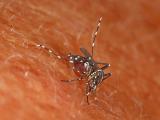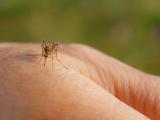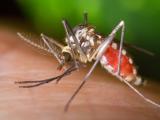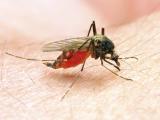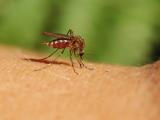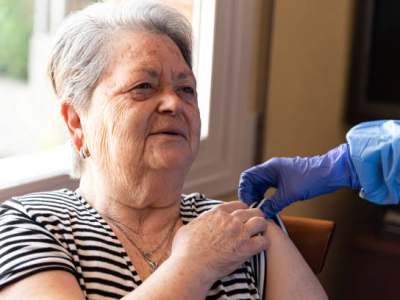Jul 3, 2008 (CIDRAP News) The United States had 3,630 reported human cases of West Nile virus (WNV) disease in 2007, indicating that the incidence has stayed about the same for the past 4 years, the Centers for Disease Control and Prevention (CDC) said today.
In a report on WNV activity in 2007, the CDC said 1,227 cases of West Nile neuroinvasive disease (WNND)the most severe formwere reported last year, with 117 deaths. There were 2,350 reported cases of West Nile fever and 53 unspecified cases, the agency said in the Jul 4 issue of Morbidity and Mortality Weekly Report.
The report says WNND cases are the most accurate index of overall West Nile incidence, because West Nile fever cases probably are often missed or not reported. The WNND cases in 2007 represent an incidence of 0.4 cases per 100,000 people, the same as in 2004 and 2005 and slightly below the 2006 level of 0.5. In 2002 and 2003 the rate was double that, at 1.0.
"The relative stability in the number of reported WNND cases during the past 4 years likely represents endemic WNV transmission in the continental United States," the CDC report states. "However, because of variation in [mosquito] vectors, avian amplifying hosts, human activity, and environmental factors (e.g., temperature and rainfall), predicting future WNV transmission intensity is difficult."
WNV made its first appearance in the western hemisphere in New York City in 1999 and quickly spread across the country in the ensuing years, carried by birds and transmitted to humans by mosquitoes. In 2007 the disease struck in 25% of US counties (775 of 3,142) in 44 states, the CDC says.
The west-central United States had the heaviest burden of WNND cases, according to the report. North Dakota had the highest incidence, at 7.7 cases per 100,000 residents, followed by South Dakota (6.2), Wyoming (4.6), Montana (4.0), and Colorado (2.2). WNND cases peaked in the first week of August, and 89% of them occurred during July, August, and September.
The report notes that clinical cases are believed to represent a fairly small proportion of all WNV infections. Serologic surveys suggest that only about 20% of infections result in West Nile fever and 0.7% of infections lead to WNND. Accordingly, the CDC estimates that 175,000 Americans were infected and 35,000 had West Nile fever last year, though only 2,350 fever cases were reported.
Routine screening of donated blood identified 352 people as apparently infected with WNV in 2007, the report states. Of these, 281 had no symptoms, 5 later fell ill with WNND, and 66 later had West Nile fever.
So far this year the CDC has reported only 13 WNV cases in seven states. In 2006 there were 4,269 reported cases, including 1,459 WNND cases, 2,616 cases of fever, and 177 deaths.
Although a human WNV vaccine is currently being tested, none is available yet. Consequently, prevention is a matter of protecting oneself from mosquito bites by using insect repellent, keeping skin covered, and avoiding exposure at dawn and dusk, when mosquitoes are most active, the CDC advises.
While surveillance for WNV in birds focuses mainly on crows, jays, and magpies, the virus has been found in 321 bird species since 1999, the report says.
CDC. West Nile virus activityUnited States, 2007. MMWR 2008 Jul 4;57(216):720-3 [Full text]
See also:
CDC West Nile virus page
http://www.cdc.gov/ncidod/dvbid/westnile/index.htm
